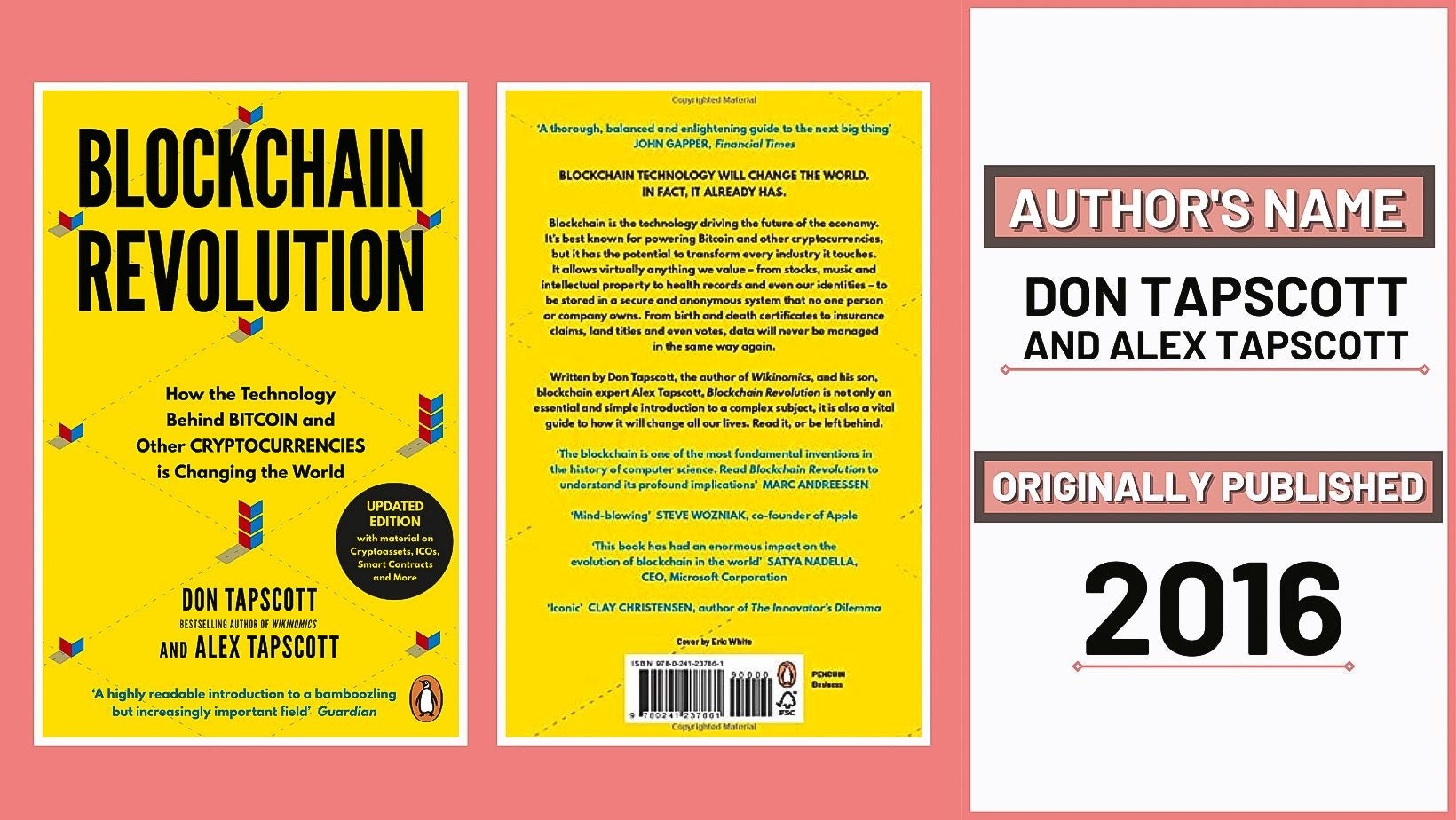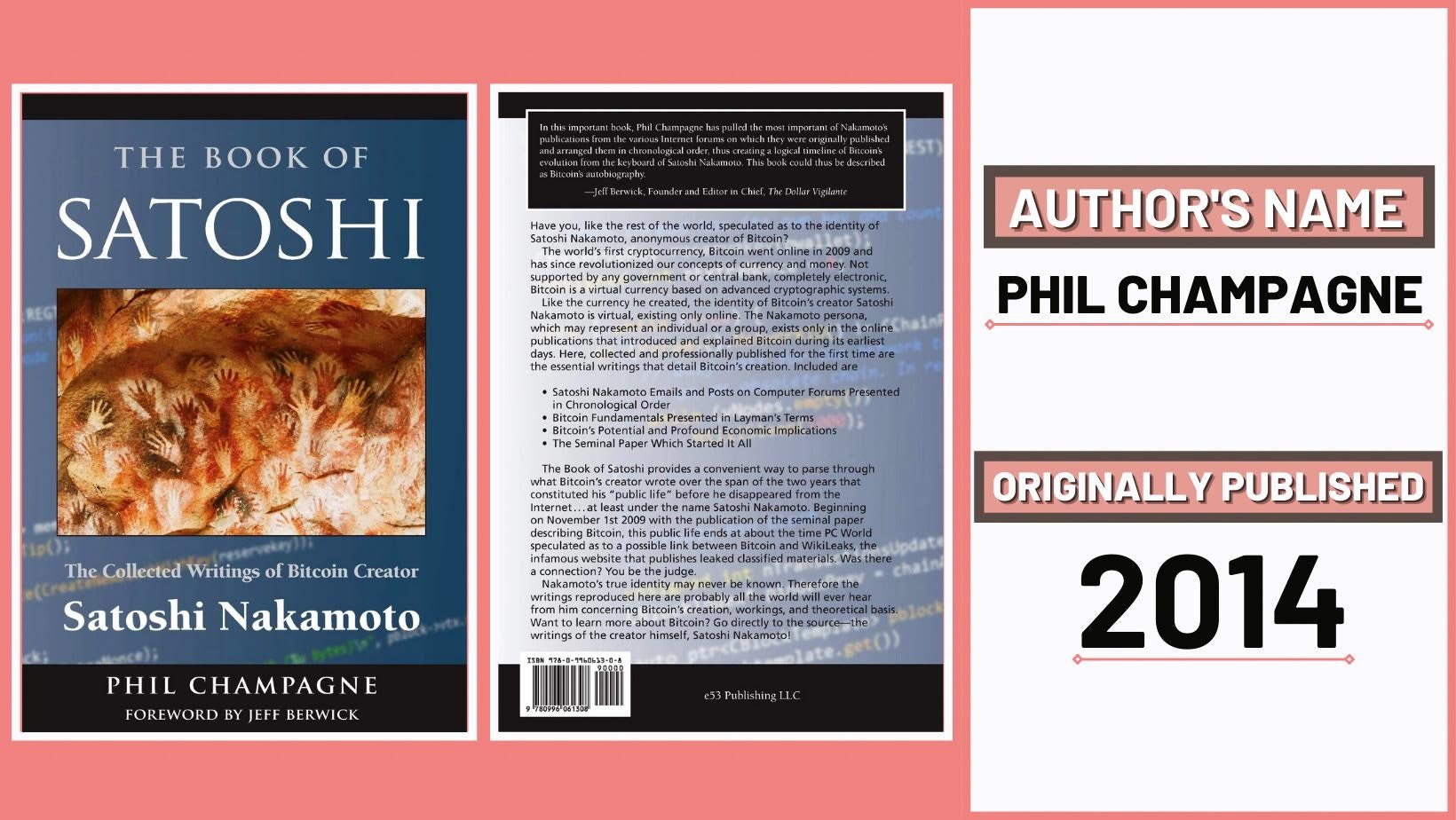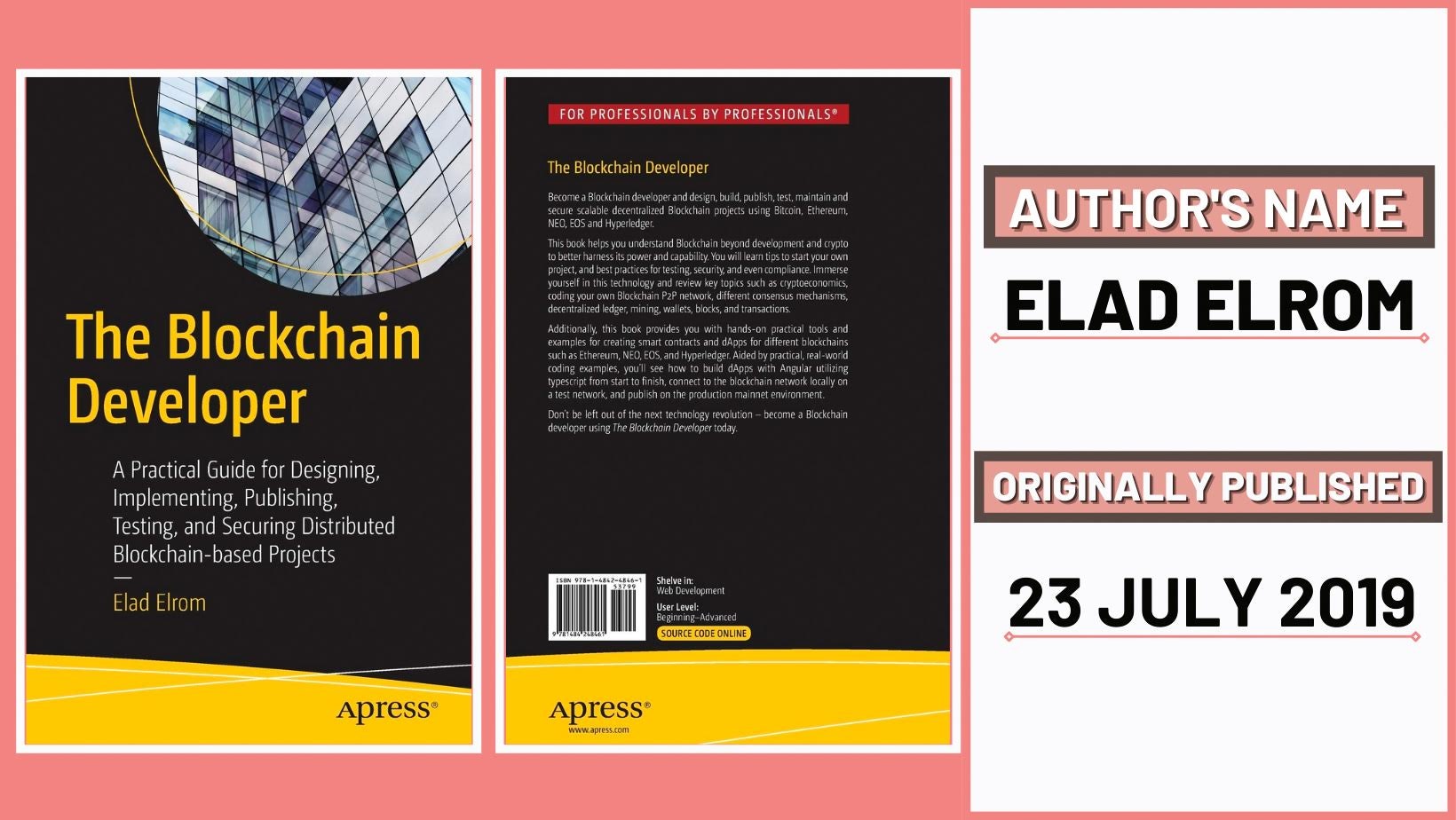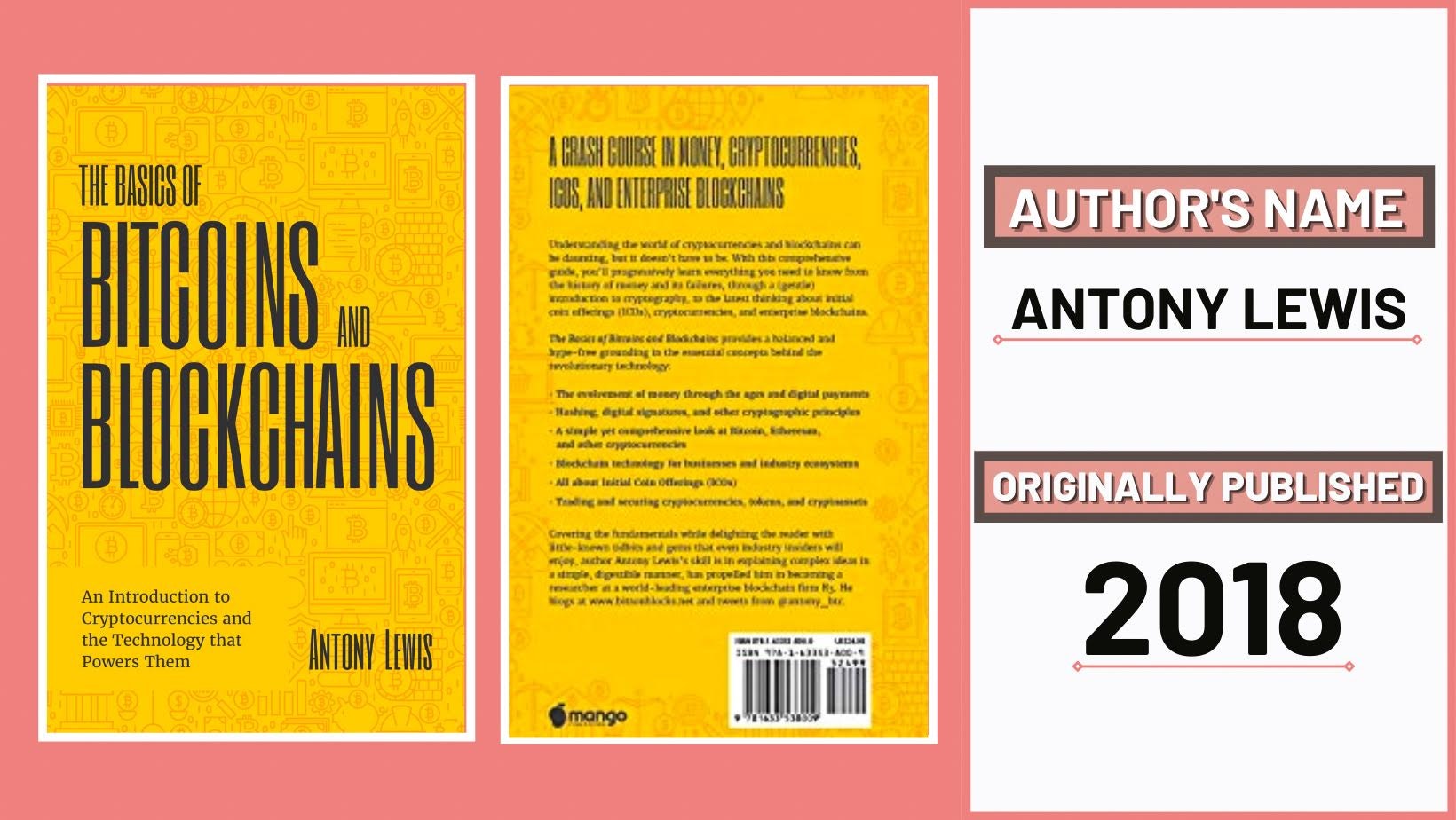Best Books On Blockchain Technology | Blockchain Works
Mihaela Popa
22 Oct 2021
•
4 min read
Many emerging technologies loop through the inflated expectations, bouncing from hubbub to pushback to tiredness to, possibly, practical applications. Blockchain technology is unquestionably no exception.
Even to this day, a couple of years after its introduction and long after it has gained some traction in the business world, blockchain is plagued by morality tales of change in direction. And it can still appear enigmatic to outsiders, particularly those who hold the continual misperception that the technology is always comparable with cryptocurrency.
Nonetheless, the legitimate utility of blockchain technology has led to stable adaptation in a variety of industries. Given below are the best books on blockchain technology.
1. Blockchain Revolution by Don and Alex Tapscott
Don and Alex Tapscott, a father and son team, wrote "Blockchain Revolution" to describe the effect of cryptocurrencies. The completely open blockchain platform will broaden and convert what we're doing online, how we are doing it, and who can participate. According to Tapscotts, Blockchain technology will vastly enable the efficacy of widening financial services and the protection of personal, personally identifiable information. Blockchain technology can also help with business deals and the advent of the Internet of Things (IoT).
The book also analyses how blockchain technology is altering the future of money, money transfers, and companies. Don Tapscott, author of "Wikinomics," and his son, Alex, a blockchain specialist, gently explain the new tech. They see it as a straightforward but life-changing capability that provides money transfers to be both nameless and secure via the distributed ledger. The authors acknowledge that blockchain technology is in its early stages. They do an amazing job of distinguishing between what innovation can achieve now and what it has the opportunity to achieve in the future.
2. Building Ethereum Dapps by Roberto Infante
Building Ethereum Dapps focuses on teaching you how to create Dapps on the Ethereum blockchain platform. The process starts with a mental model of how Dapps work and what Dapps go through before going into formulating and executing smart contracts in Ethereum's Solidity language. You will gain knowledge about Ethereum smart contract developer tools, such as Truffle and Web3, and also about its design application and security best practices. Throughout, practical exercises provide you with valuable hands-on experience.
You can get the book here and get 35% off if you use the code nlfuncwrks21.
3. The Book of Satoshi by Phil Champagne
Blockchain technology and Bitcoin are strongly intertwined because blockchain enabled the creation of cryptocurrencies. This book contains the texts of Satoshi Nakamoto, the enigmatic founder of Bitcoin. The general public was still unaware of Nakamoto's real identity as of early 2020.
The Nakamoto character, like the cryptocurrency itself, has only a simulated existence. The persona appears only in the online outlets Nakamoto provided to explain Cryptocurrency during its early days. The Book of Satoshi is a concise accumulation of Nakamoto's important writings, such as the original paper laid out the Bitcoin concept. The book also includes Nakamoto's clarification of how Bitcoin works and a chronological order organized collection of Nakamoto's email messages and internet forum posts.
4. The Blockchain Developer by Elad Elrom
This book is written specifically for developers. As a result, The Blockchain Developer doesn't steer away from technological debate or fine-grained, specific information. Author Elad Elrom discusses the task of forming your blockchain, building dApps, and more after providing an overview of the new tech and its framework. The book has specialized segments about popular programming blockchains for developers interested in making apps for preconceived networks and a section about public blockchains other than cryptocurrency.
5. The Basics of Bitcoins and Blockchains by Antony Lewis
Antony Lewis, formerly of itBit, an initial cryptocurrency exchange, has been a bitcoin and blockchain professional for nearly ten years. Lewis disintegrates the technical details of blockchain technology in this novel that is absorbable and understandable for those within and without the space. While this book encompasses the basics of cryptocurrencies, it is also an excellent resource for those extremely keen on blockchain technology and its numerous applications.
6. Cryptoassets by Chris Burniske and Jack Tatar
Tatar and Burniske, have a different way to look at blockchain. They cover technical concepts along with covering financial outlooks. "Cryptoassets: The Innovative Investor's Guide to Bitcoin and Beyond" is written for investors who want to know about blockchain jobs. This keeps the majority of their interpretations relevant and understandable. Burniske and Tatar begin with the beginnings of Bitcoin during the financial crisis of 2008 and proceed to cover the fundamentals. They also explain the main distinctions between Bitcoin and the broader blockchain technology. The book then delves into the different kinds of crypto assets that have emerged, including crypto tokens and crypto commodity markets.
This book also would go far beyond the majority of the existing literature to define crypto assets as an investment market. There is a chapter that tackles the tough challenges of creating a crypto asset pricing framework. While the industry is too new for any structure to be conclusive, Burniske and Tatar should be commended for laying the groundwork. Finally, they go over the practical aspects of blockchain investing. Initial coin offerings (ICOs), blockchain wallets, and cryptocurrency exchanges are discussed in detail.
7. Introduction to Blockchain Technology by Tiana Laurence
The order of some topics in this essay on blockchain technology, basic principles, consensus methodologies, economy, and an assessment of the major public networks is not ideal.
8. The Bitcoin Standard: The Decentralized Alternative To Central Banking By Saifedean Ammous
This book does an excellent job of explaining how various types of money and our financing decisions affect the economy: does it stimulate demand or savings? So that reasoning, which is only in the first half, appeals to the readers. The second half of the book goes overboard with technological details.
Conclusion
These are the best books on blockchain technology and its applications for those interested in learning more. Blockchain technology is creative because it operates without the need for centralized power. Blockchain is the technological underpinning of cryptocurrencies like bitcoin and Ethereum. Dozens of major financial institutions are committed to investing in the technology's development.
WorksHub
Jobs
Locations
Articles
Ground Floor, Verse Building, 18 Brunswick Place, London, N1 6DZ
108 E 16th Street, New York, NY 10003
Subscribe to our newsletter
Join over 111,000 others and get access to exclusive content, job opportunities and more!








